|
I love the way the base of a bald cypress tree will widen out when it grows in a very damp area. This one is standing in Butler Creek at the Phinizy Swamp. The drawing is mostly about my enjoyment of the dark and light interlocking patterns of the cypress tree base and the lush growth around it. The water is tea-colored because of the presence of tannin compounds from decomposing plants - it's not pollution.
0 Comments
I was looking at a bright green plant with large leaves that was growing directly out of the forest floor near the Butler Creek trail. The light was beautiful, and the leaves were especially 3-dimensional. I added dots to the background - it's part of of my interest in patterns and the idea of a network that everything in nature is part of. These fascinating green balls are the cones of the bald cypress tree. The surface structure is very subtle - I had to do a lot of image enhancement to even get it to show in this photo.
In the background of the drawing I added a pattern used in lacemaking. These are photos of the temporary, small installation that I designed for a family camping event at the Phinizy Swamp. Several kids and a mom helped me. We selected a tree just off the boardwalk at the Raingarden trail, we spread swamp clay around the base of the tree, then we gathered and placed 2 kinds of leaves around the tree. At the end we put in a circle of unripe blackberries. The whole thing should biodegrade quickly on its own.
I was looking at a lovely wildflower (weed?) out at the swamp, and was amazed by its delicate structure.
I used some color in this drawing to try to show the structure of the flower. I've started a new drawing project with the Phinizy Center for Water Sciences - the Phinizy Swamp Nature Park. It's pretty simple: I take a walk out there, notice something, draw it. Then the Phinizy Center posts the drawing and a photo on their Facebook page. These entries have been appearing for a couple of months now. I thought I would also show them here. I saw a puffball mushroom on the entrance to the Butler Creek Trail. At first glance it looked like a round white puff with a slightly cracked surface. Looking closer, I saw that the surface was covered with what looked like little mountains with beaked peaks.
This is the drawing that I made: I've been working some more on the Swamp Drawings that I completed several months ago. I have mounted each drawing on a painting panel and added paint to the backgrounds. Each finished painting is now ready to hang, and measures 12 inches high by 9 inches wide by 3/4 of an inch deep.
I think so often when people come out to the Phinizy Swamp, they are hoping to see animals. I know I am. Plants are fascinating, and I enjoy looking at them very much. But where are the animals? As you know, animals are mobile, and often survival for them depends on not being seen more often than necessary. Therefore, we people who want to look at them sometimes have to gain satisfaction from interpreting the signs that the animal leaves behind. In this case, you can tell that beavers are active because of the canal they’ve recently dug on one side of the main stream channel. And there is a pile of sticks on the stream bank that was made by beavers – it might be part of a lodge. Since my Swamp Drawing Project is about things that I actually see at the Phinizy Swamp, I’ve indicated a beaver in my drawing only through a dotted outline. Beavers are found throughout most of North America. There is just one species in the New World, Castor canadensis. There is also a species that is native to Europe and Asia, Castor fiber. The two beaver species cannot mate because they don’t have the same number of chromosomes. Castor canadensis is the largest rodent in North America. Their upper incisors continue to grow throughout their lives, and are continually ground down by chewing on wood. Beavers close their nostrils and ears as well as their eyes while they dive underwater. They can even close their mouths behind their front teeth, so that they can dive while carrying a stick in their mouths without ingesting water. Their back feet are webbed for swimming. The beaver is a wetland animal – it lives its life by maintaining wetlands through damming streams. Many landowners have been irritated when beavers move in and dam up streams, flooding the land. But it turns out that the wetland creation behaviors of beavers have significant ecological benefits. Beaver activity tends to increase streambank vegetation and general biodiversity in dry areas over time; it also creates more open water area even in drought years. Beavers fell trees to build dams and lodges. The inner bark and leaves of the tree are a major food source for them. The lodges are made of sticks, grass, and mud. They tend to be built so that there is an underwater entrance. A major function of a dam from a beaver point of view is to ensure water depth around the lodge. Beavers are active at night. They tend to stay in or near the water. They can submerge for up to 15 minutes. There is research that indicates they build lodges or repair them in response to the sound of running water.
Another way you might encounter a beaver is by hearing it. Beavers have a broad, flat tail that they slap against the surface of the water as a warning to potential predators. To me, the tail slap can sound like a cement block being dropped into water – it’s startling. Beavers are monogamous, but if their partner dies, they will look for someone new. They live for 10 to 20 years in the wild. Their main predators in our area are people and probably coyotes. People kill beavers for sport or for their fur or when they feel that beavers are harming land by building dams. People also kill beavers by destroying wetlands and through pollution. For more information on visiting the Phinizy Swamp: http://phinizycenter.org/ Other common names for this plant are ditch daisies, beggarticks, black jack, burr marigolds, stickseeds, or tickseeds. I think the “tickseed” part of the name refers to how the seeds of this plant stick to the fur of animals or the clothing of people as they brush past the plant – the seeds grab on like ticks do. In fact, each seed has a flat shape with two barbs on it. The tickseed sunflower is probably originally native to the Midwest, and gradually spread much further afield. Now it can be found abundantly in wet areas from all the way to the East Coast, and from Ontario to Florida. How did it get here? Presumably it spread by traveling on animals and people. The preferred environment for this plant is a wetland – hence the name “ditch daisy”. It normally blooms in October, and makes profuse, electric-yellow displays of flowers. An annual, it’s used often in wildflower gardens. However, in the Augusta area, that’s probably not such a good idea unless you have a wetland available – otherwise you will be watering a lot. In a wild format such as the swamp, the seeds of the tickseed sunflower are eaten by an array of birds – ducks and many others. I was surprised when I asked two people with biology backgrounds what this plant was called. I received two confident answers: tickseed sunflower and coreopsis. When I looked those up, I found that tickseed sunflower generally carries the Latin name of Bidens aristosa, whereas Coreopsis is a different genus. Both Bidens and Coreopsis genera (“genera” is the plural of “genus”) are grouped in the Aster family (Asteraceae), and there are a number of Bidens and Coreopsis species that are hard to tell apart, or maybe hard to separate clearly into either the Bidens or Coreopsis designations. It turns out that biologists are currently revising the Bidens and Coreopsis genera, because now organisms are being analyzed through DNA to determine their degree of relatedness. Before DNA analysis became so readily available, the methods biologists used were direct examination of physical characteristics. So biology categorizations are currently in a state of flux. Both answers I was given verbally can claim to be correct – and tomorrow there may be a different answer. I continue to be amazed at what science doesn’t know. Somehow that makes it even more interesting to look at what’s happening in the swamp on a given day. For more information on visiting the Phinizy Swamp: http://phinizycenter.org/
The Golden Garden Spider , or Argiope aurantia, has other common names, such as yellow garden argiope, yellow garden orb-weaver, golden orb-weaver, the writing spider, and others. Females are larger than males. An orb-weaving spider weaves a web in a circular format. Argiope aurantia is found throughout most of North America. A large spider of this type will be a female – she is ¾” to 1 1/8” in body length. An adult spider which is only ¼” to 3/8” long is a male. In our area, the climate should be warm enough for many female spiders to live several years (?). Males evidently die after mating, in their first year. Sometimes after a male dies, his female partner will eat his body. Both males and females weave thick zigzags into their webs. The zigzags are called stabilimenta (the singular is stabilimentum), which implies they function to help stabilize the web’s structure, but that is only a theory. Another idea is that maybe the zigzag helps birds see the web better so they don’t destroy it by flying through it. Or does it somehow attract prey by its dramatic and noticeable appearance? Or maybe the zigzag draws attention away from the spider itself, serving as camouflage? Isn’t it amazing what biologists don't know yet? Males move around in search for females. When he finds a female, a male will build a small web with a thick white zigzag in it, or he will build the zigzag into a corner of a female’s large circular web. Males attract a female by plucking her web – this causes it to vibrate. After mating, a female will produce a papery looking web sac with hundreds of eggs in it (sometimes she will produce several of these sacs, attached to her web). Evidently she does not stray far from her own area during her lifetime. This kind of spider doesn’t see well, but it is very sensitive to air currents and vibrations. It can easily tell when an insect (or even a small lizard) runs into its web and gets caught on the sticky cross strands. The spider often vibrates her web when an insect lands in it. She will wrap up the prey with more spider silk. All types of spiders bite their prey, injecting a venom that paralyzes it and starts to break down its body tissues, making the prey easy to digest. But if a person gets bitten by a golden garden spider, it will not cause more harm than a bee sting. If you don’t try to touch the spider or mess with its web, it probably doesn’t know you are there. So leave it alone and let it catch insects. Females build the big, impressive webs. The spider starts her web by spinning and attaching long, strong lines of web filament that are not sticky. These structural strands radiate from the center of the web and diverge at the edges, where they are attached to anchor points that can be several feet apart. The cross strands begin at the center of the web, in a spiral format. The cross strands are sticky enough to trap insects that run into the web. The spider normally waits at the center of the web with her head pointing toward the ground. For some reason, she often holds her legs together in pairs.
Who eats these spiders? Lizards, wasps (especially mud daubers), some kinds of birds, and shrews, mostly. For information about visiting the Phnizy Swamp: http://phinizycenter.org/ |
Categories
All
AuthorPriscilla Hollingsworth, artist. Categories
All
|
- Home
-
Installations
- In the time of coronavirus: a drawing installation
- Afferent Zone >
- Game Pieces
- Regermination
- Hums & Oms - the performance
- Germination
- Blue Vase Series
- BioArray 1
- Hums and Oms
- 4 Stone Vessels
- Nub
- 12 Piles
- 5 Gold Rings
- 8 Body Forms
- 12 Vessels/Gen.
- Arrangements
- Body Language
- Containers & Tools
- Object Map
- Selection/Profusion
- Paintings
- Vessels
- Objects
- Info

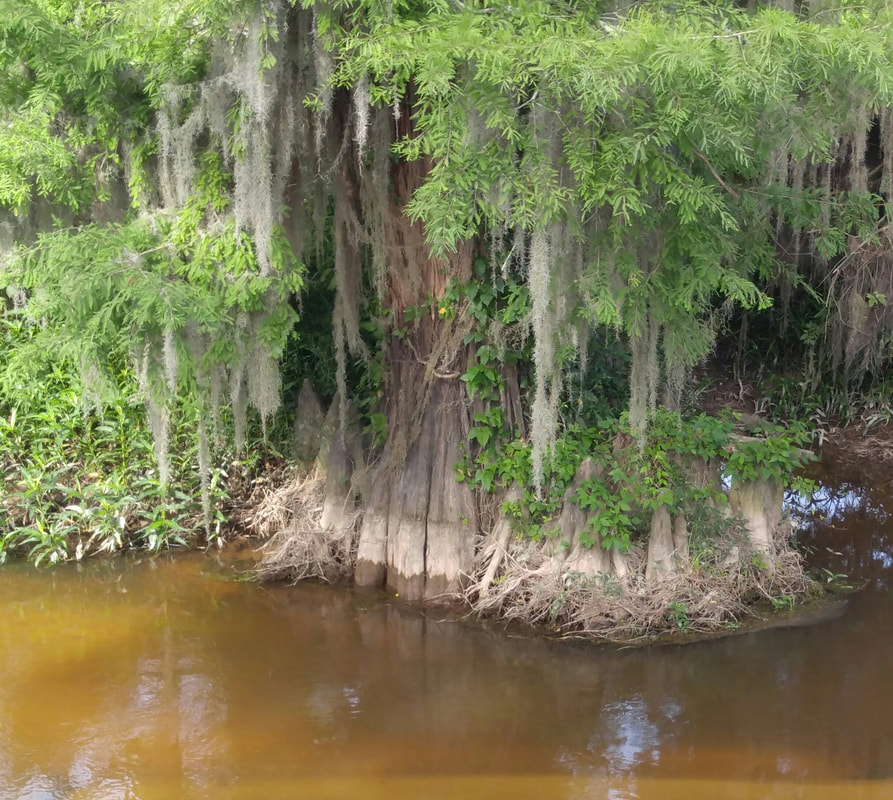
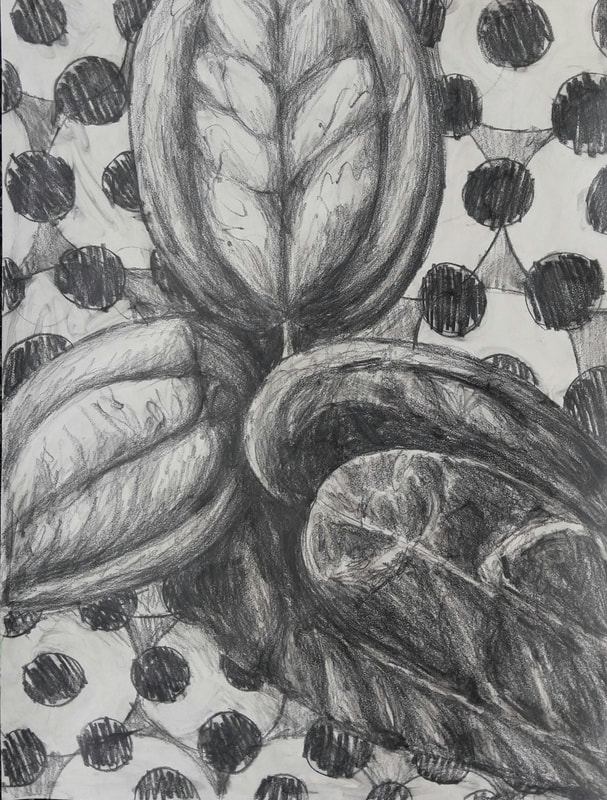
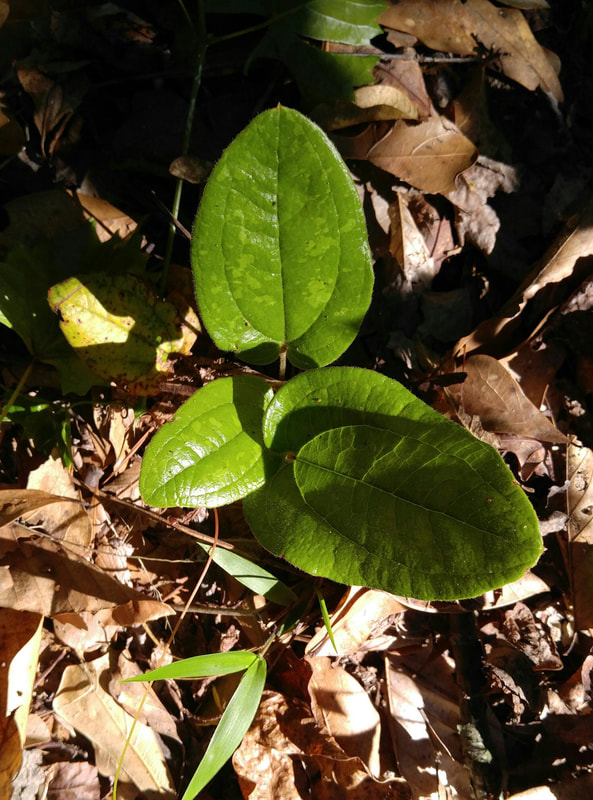
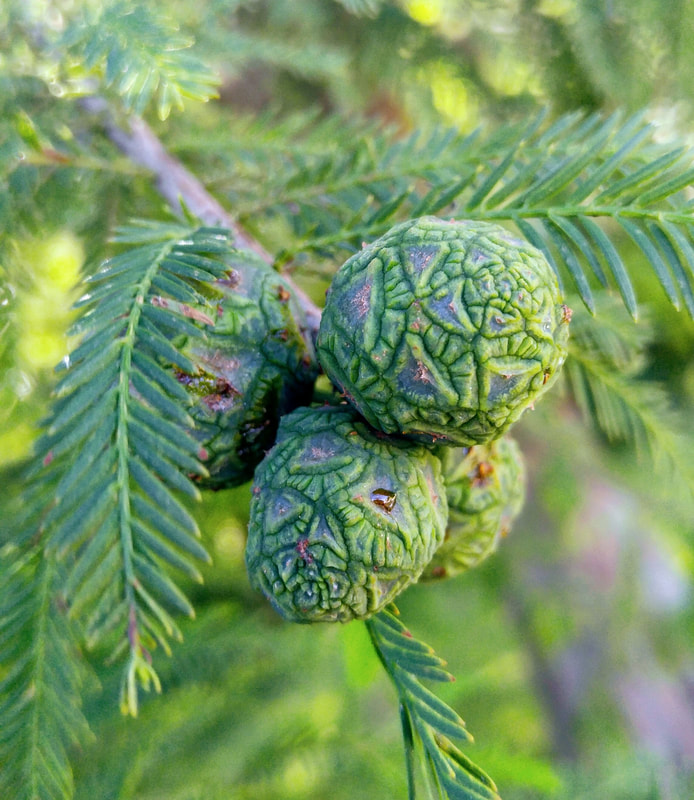
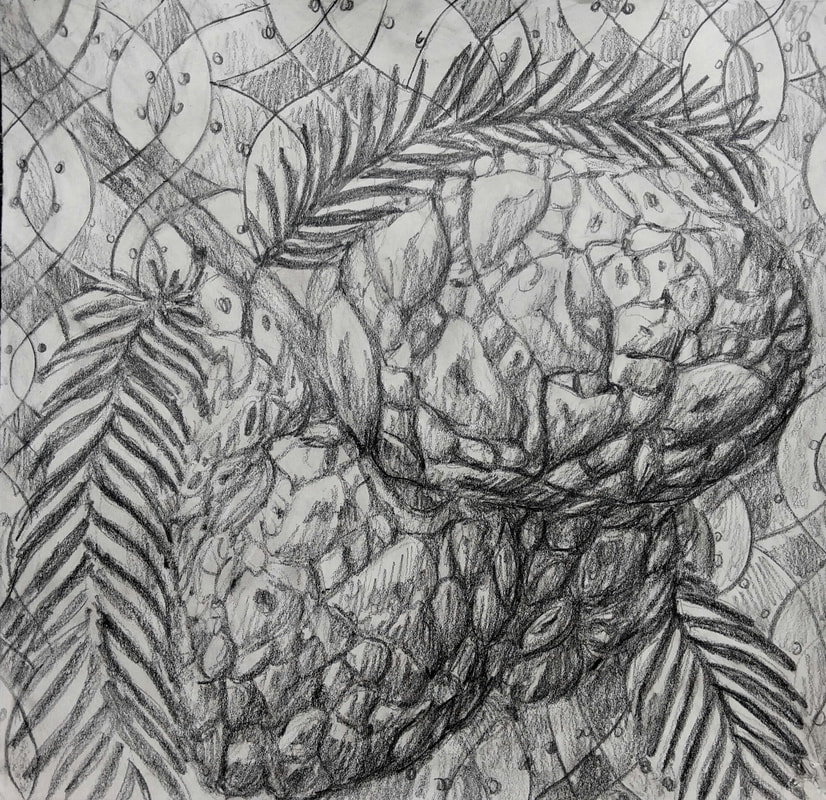
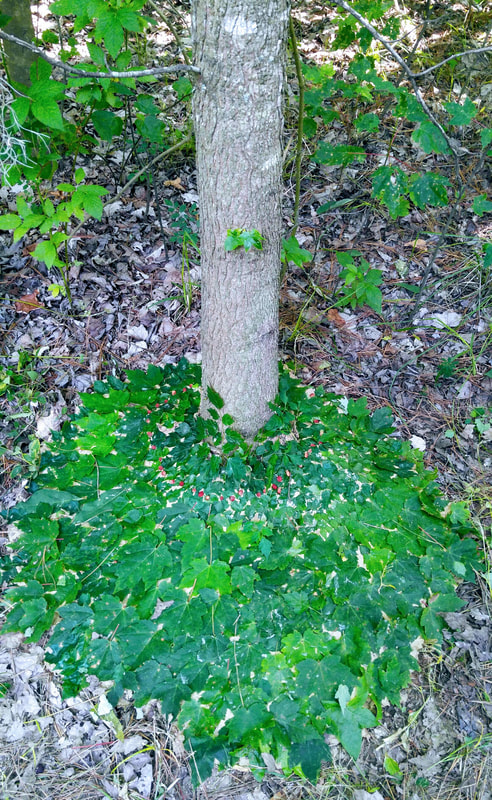
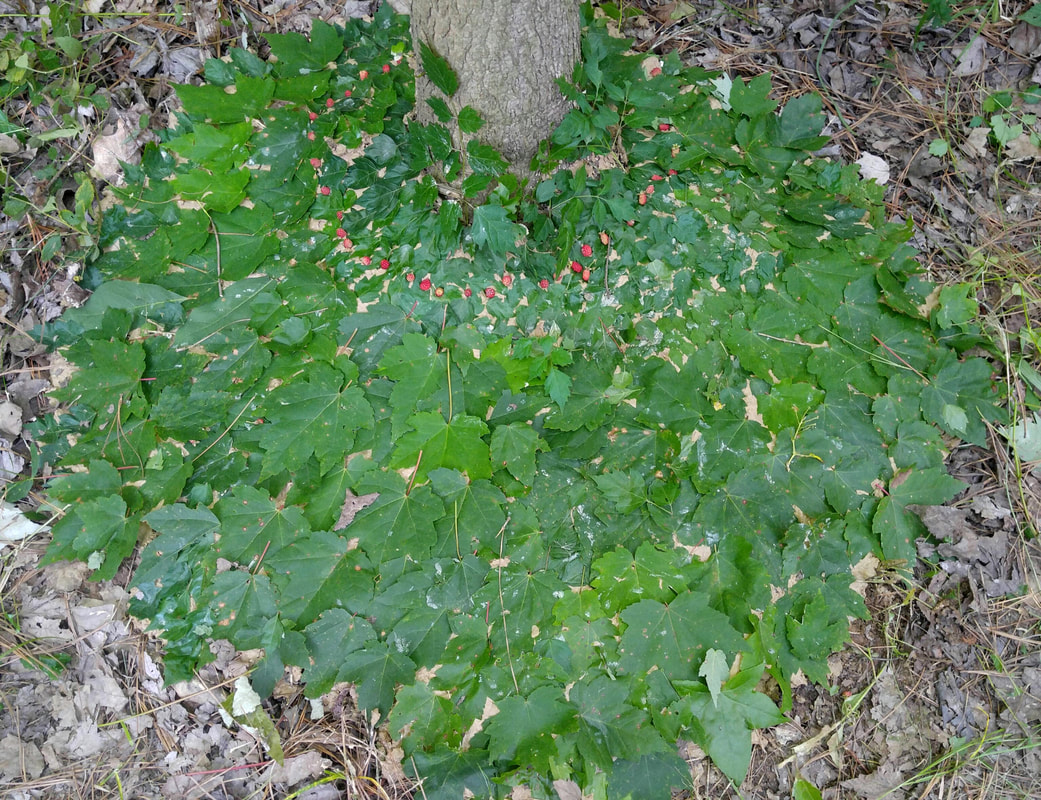
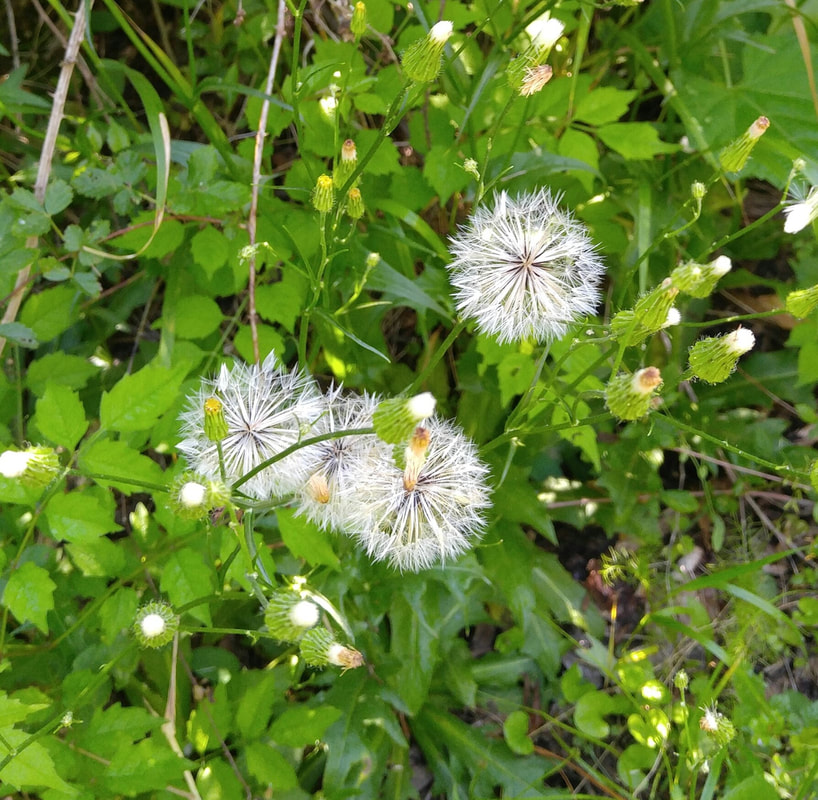

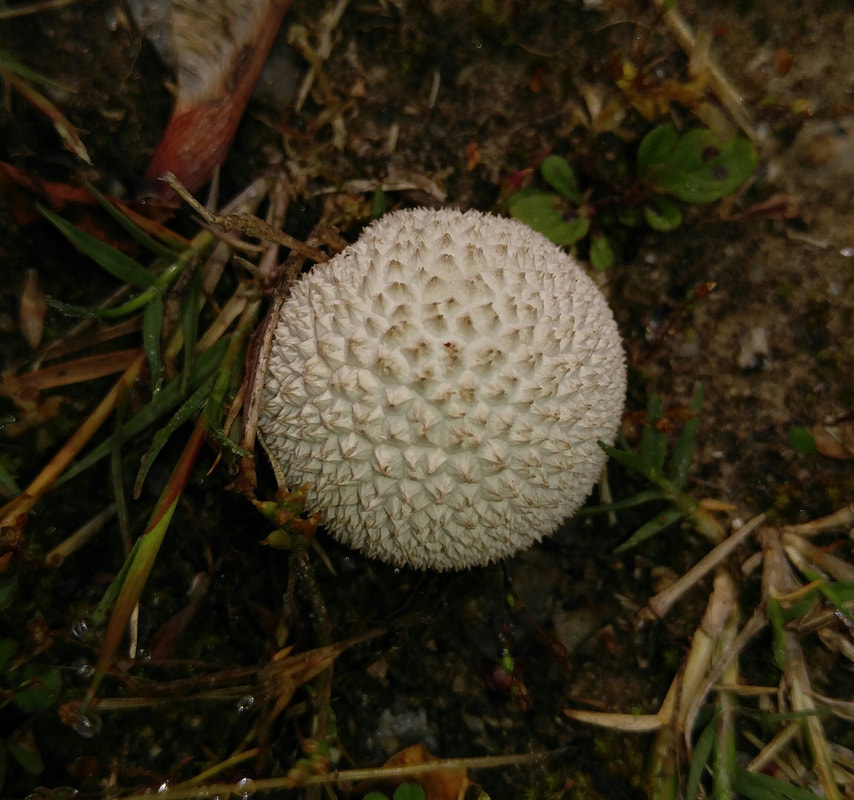
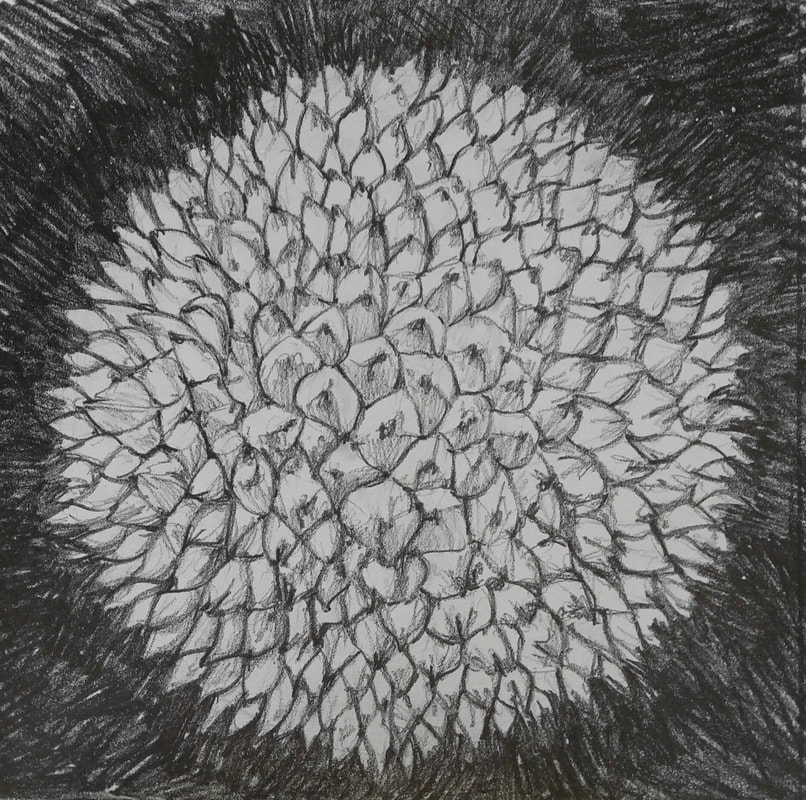
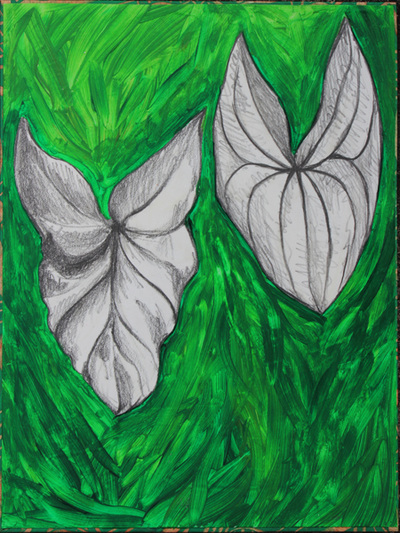
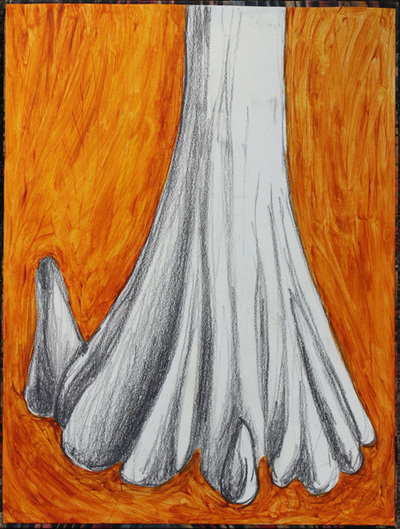
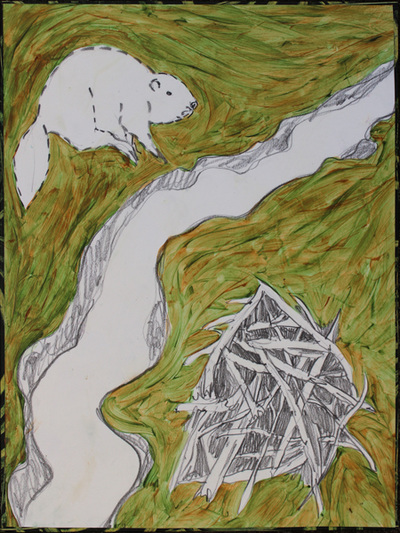
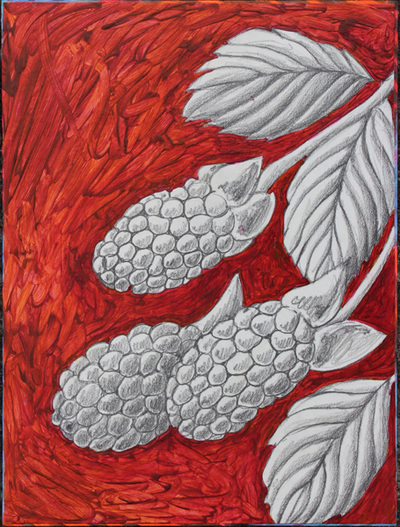
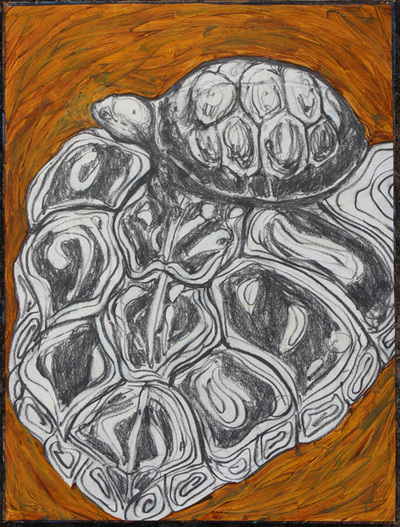
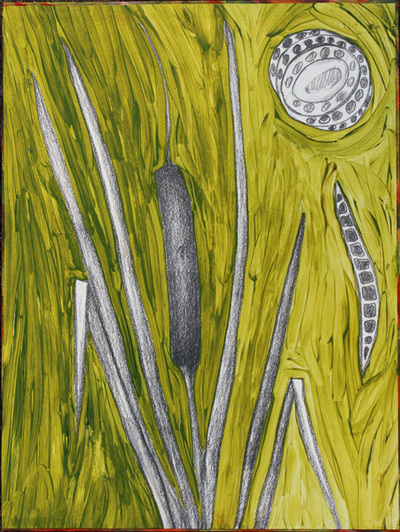
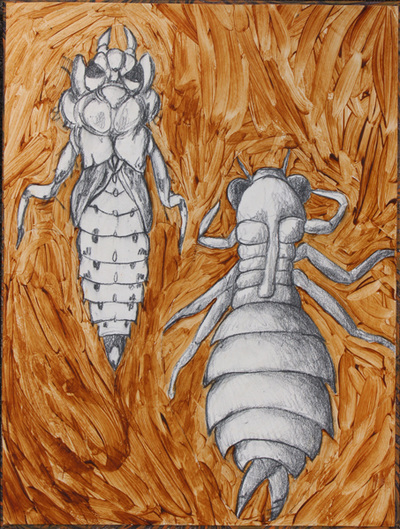
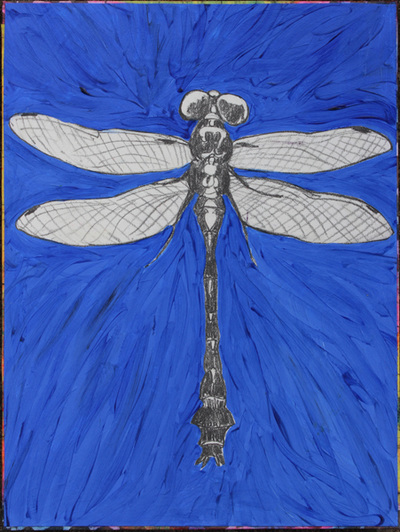
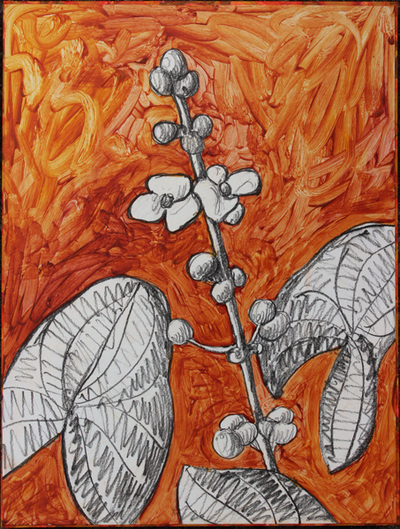
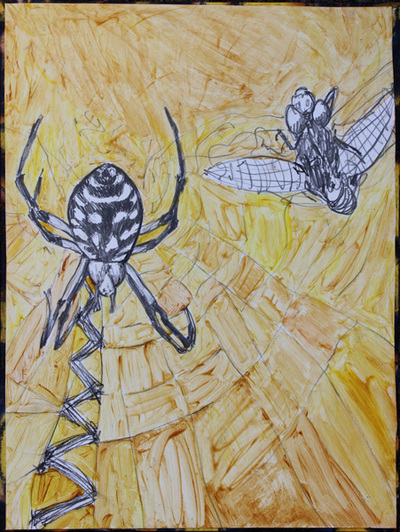
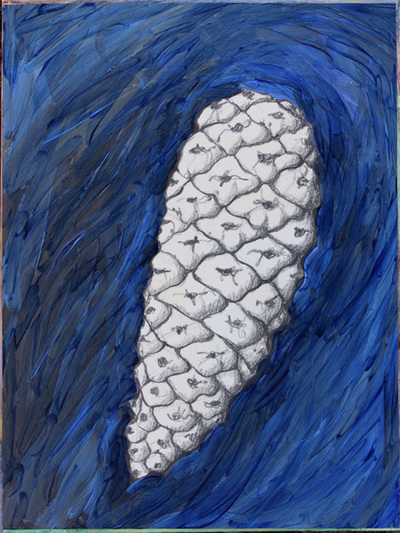
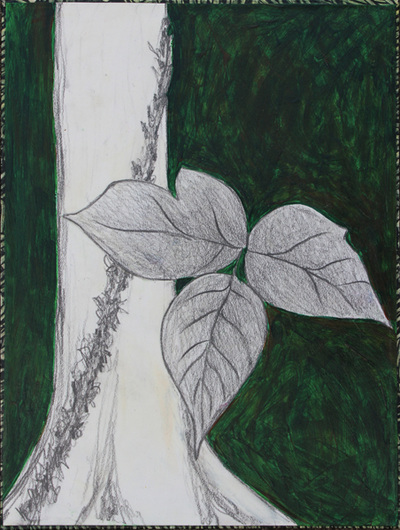
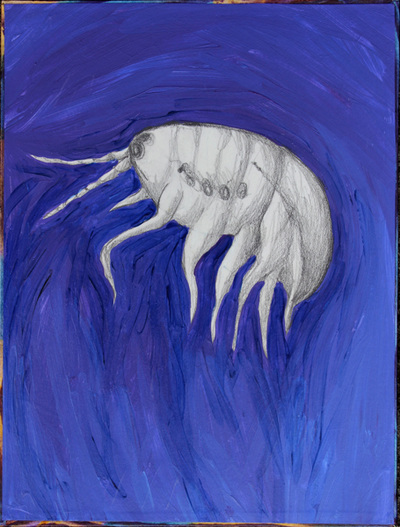
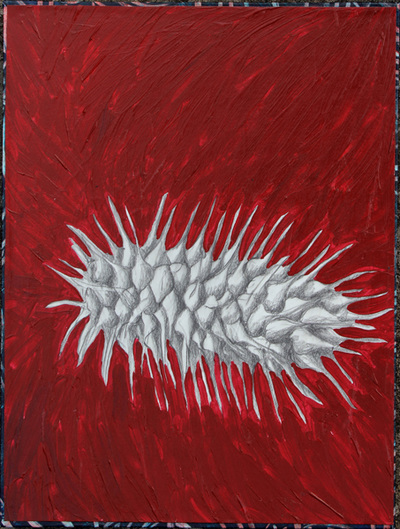
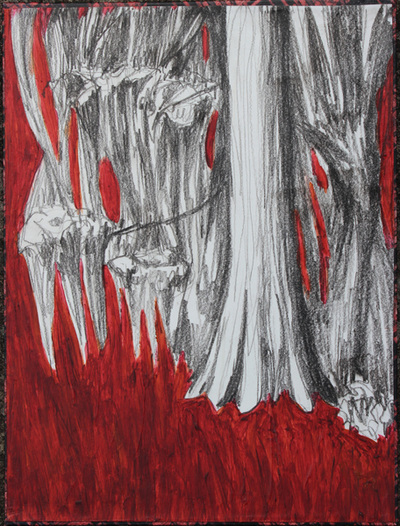
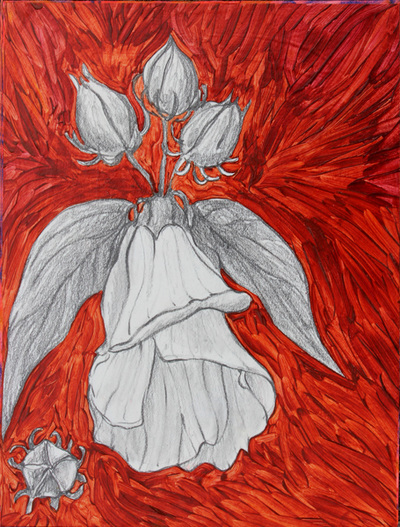
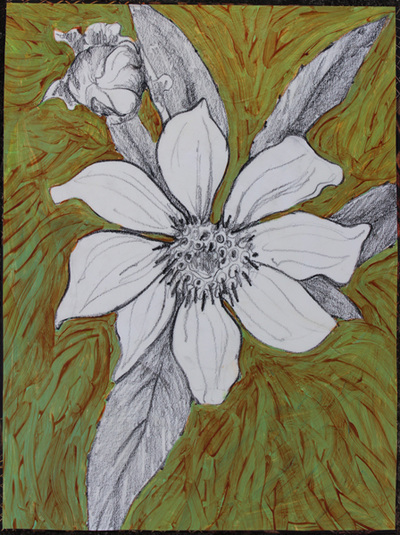
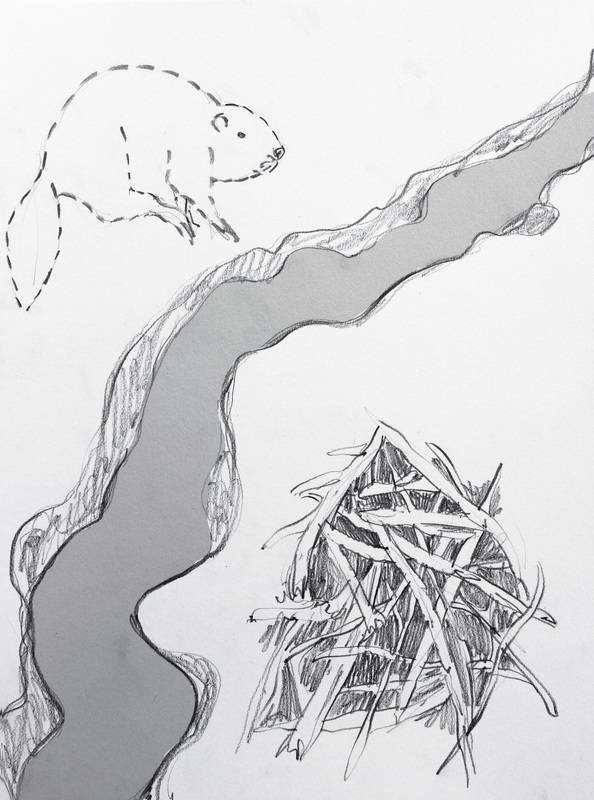
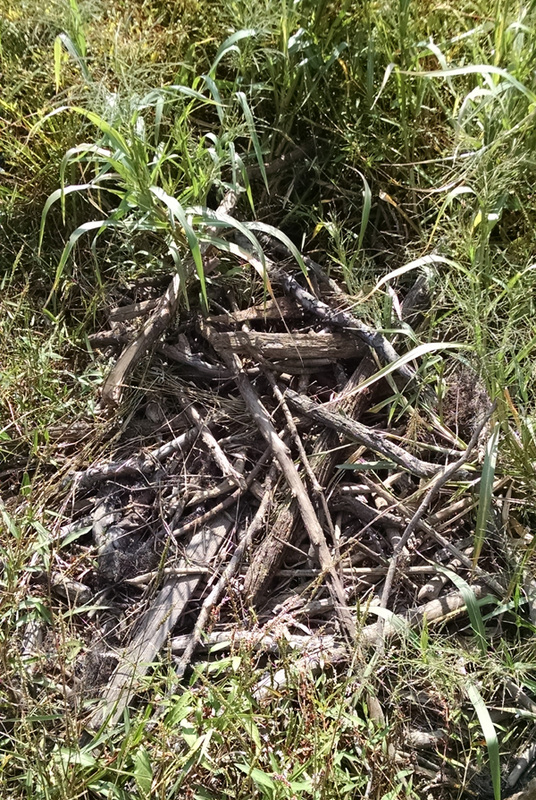
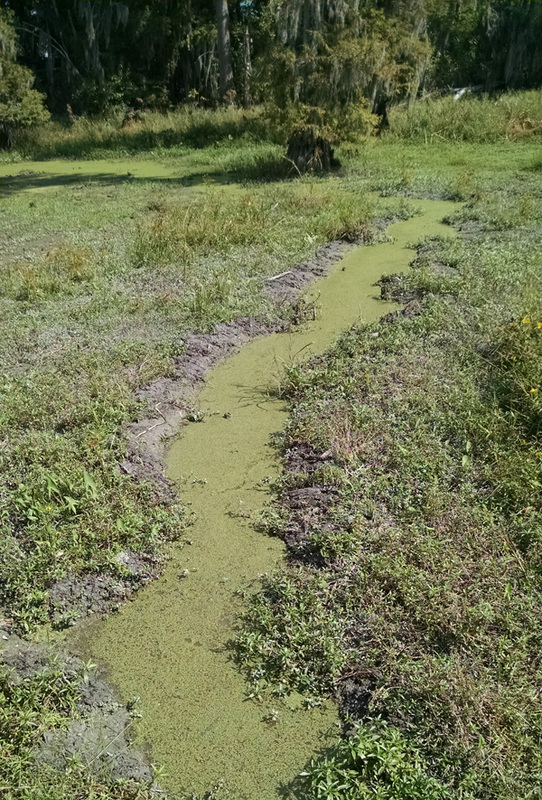
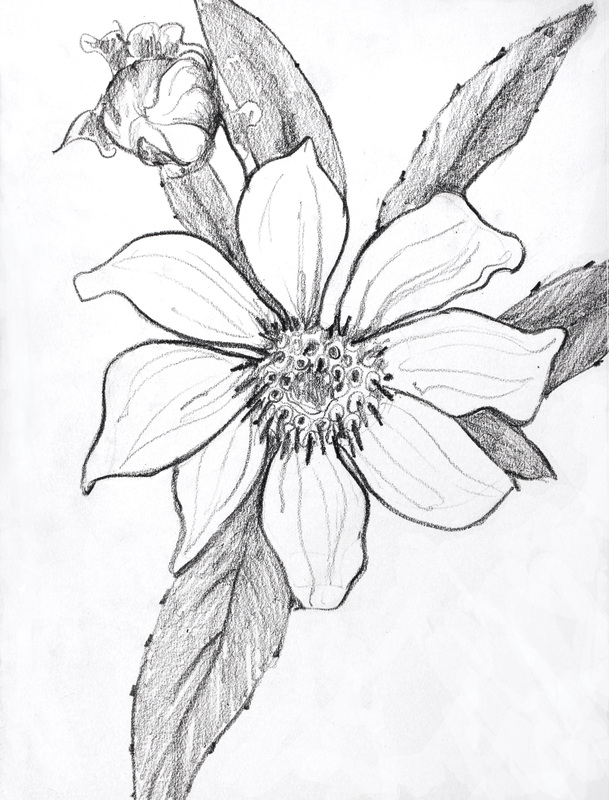
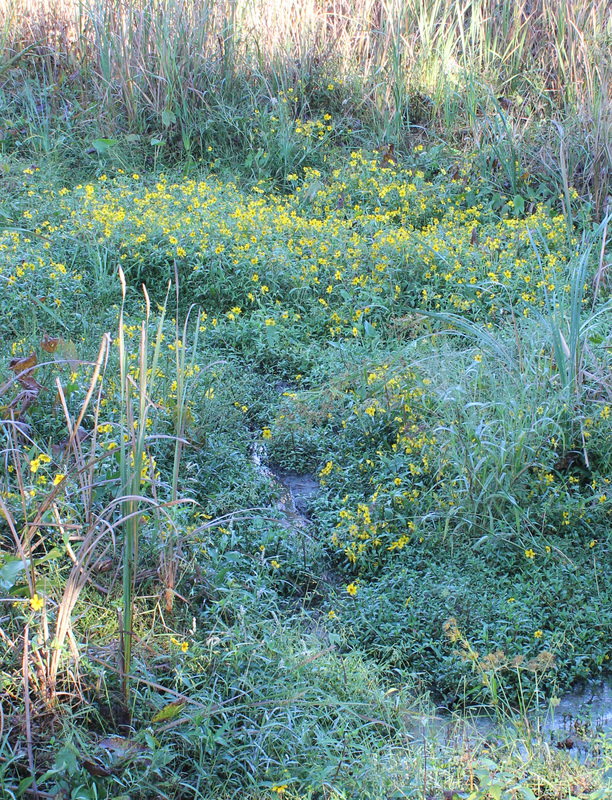
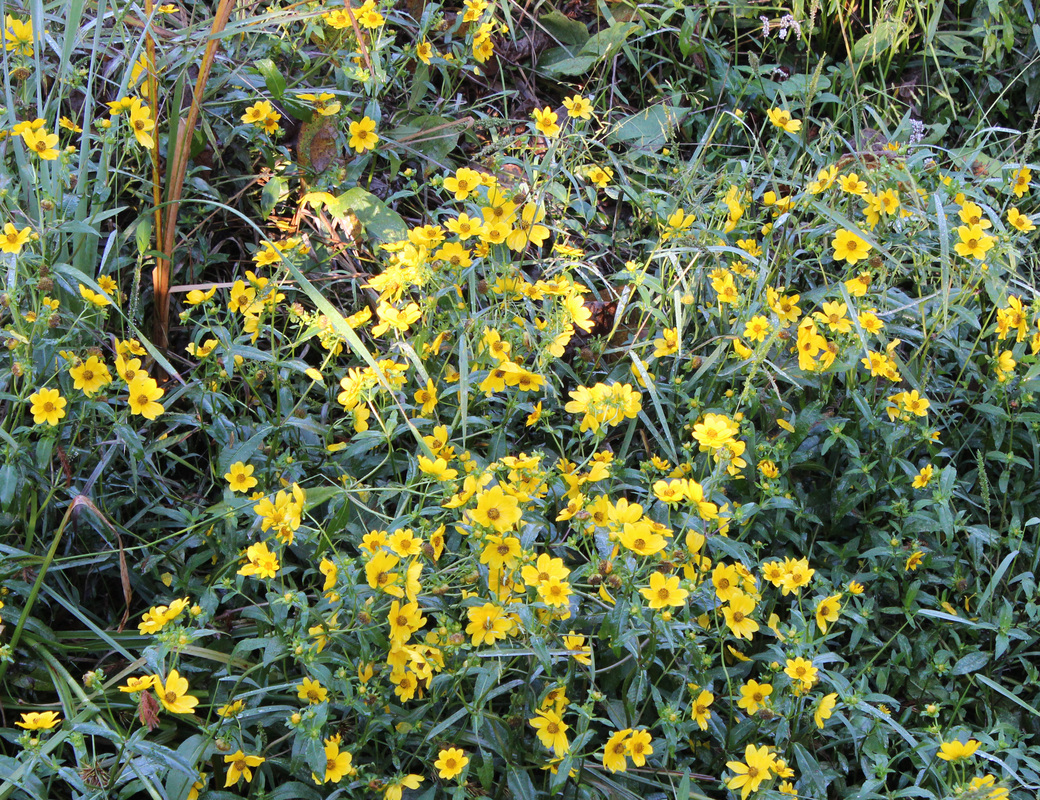
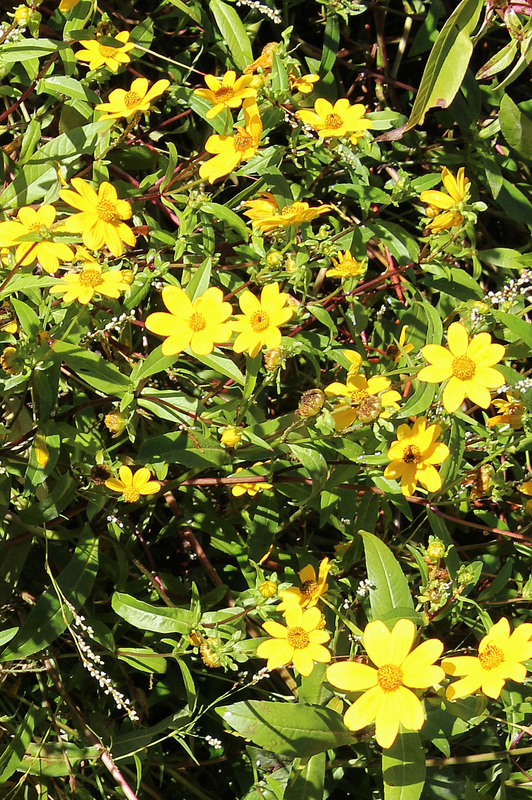
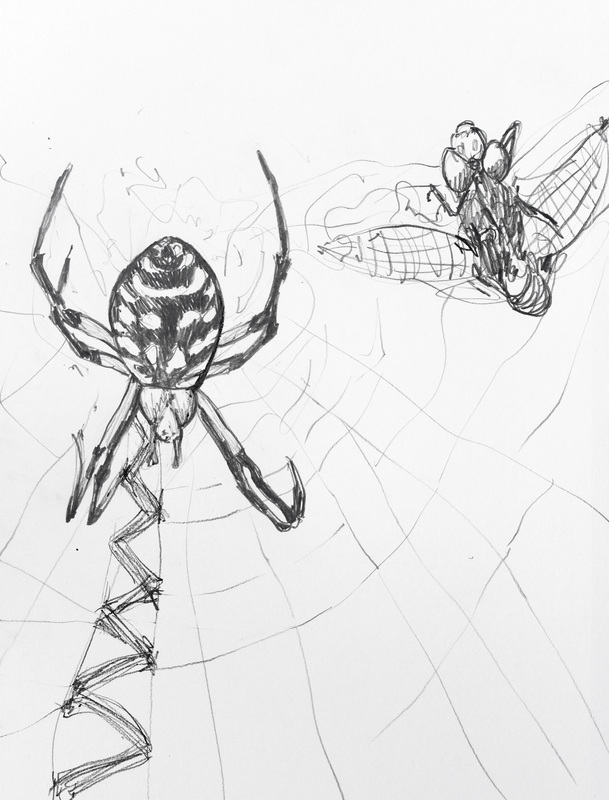
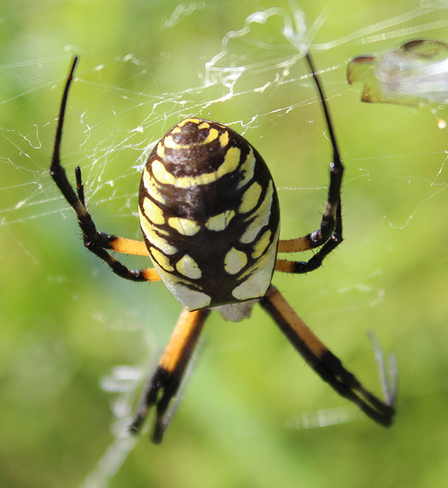

 RSS Feed
RSS Feed